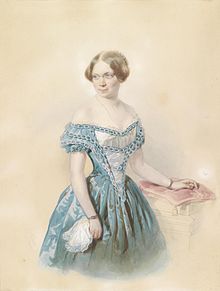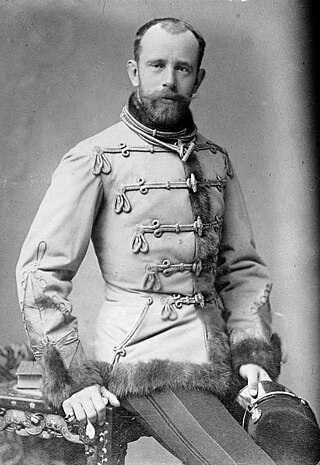
Rudolf, Crown Prince of Austria was the only son and third child of Emperor Franz Joseph I of Austria and Duchess Elisabeth of Bavaria (Sisi). He was heir apparent to the imperial throne of the Austro-Hungarian Empire from birth. In 1889, he died in a suicide pact with his mistress Baroness Mary Vetsera at the Mayerling hunting lodge. The ensuing scandal made international headlines.

Archduchess Elisabeth Marie Henriette Stephanie Gisela of Austria was the only child of Rudolf, Crown Prince of Austria, and Princess Stéphanie of Belgium. Her father was the son and heir apparent of Emperor Franz Joseph I of Austria, and her mother was a daughter of King Leopold II of Belgium. She was known to her family as "Erzsi", a diminutive of her name in Hungarian. Later nicknamed The Red Archduchess, she was famous for becoming a socialist and a member of the Austrian Social Democratic Party.
Austrian literature is mostly written in German, and is closely connected with German literature.
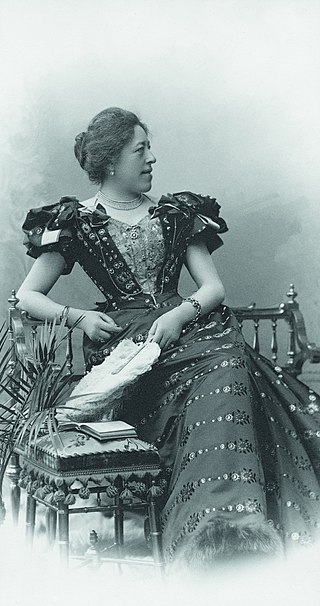
Olga Wisinger-Florian was an Austrian impressionist painter, mainly of landscapes and flower still life. She was a representative of the Austrian "Stimmungsimpressionismus", a loose group of Austrian impressionist painters that was considered avant-garde in the 1870s and 1880s.

Katharina Schratt, Baroness Kiss von Ittebe was an Austrian actress who became "the uncrowned Empress of Austria" as a confidante of Emperor Franz Joseph.

Marie Anne of Austria was an Archduchess of Austria as the daughter of Franz II, Holy Roman Emperor and his second wife, Maria Theresa of Naples and Sicily. She never married or had any children due to her being intellectually disabled with a severe facial deformity and having to spend the rest of her life in Hetzendorf Palace.
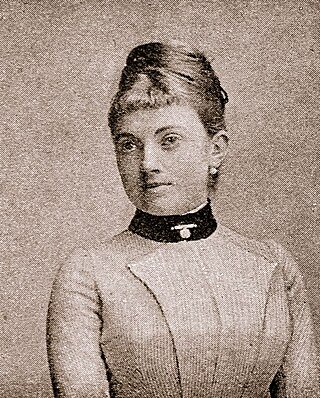
Maria Stona; Marie Scholz; born Stonawski (1859–1944) was a writer and poet born in a part of Austria-Hungary that later became Czechoslovakian. Her daughter was the sculptor Helen Zelezny-Scholz.

Archduke Franz Salvator of Austria was the son of Archduke Karl Salvator of Austria and Princess Maria Immacolata of Bourbon-Two Sicilies. He married Archduchess Marie Valerie in 1890, though, due to Marie Valerie's death in 1924, remarried in 1934 to Baroness Melanie von Riesenfels.

Auguste von Littrow,néeBischoff von Altenstern was a German-Austrian author and women's movement leader.
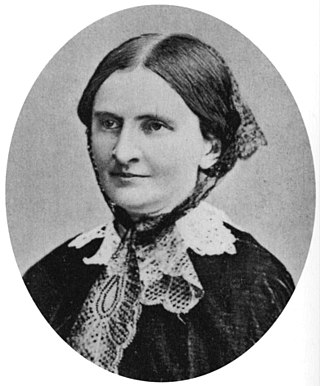
Marie Louise von François was a German writer, best known for her historical novel Die letzte Reckenburgerin (1871). She was a friend and correspondent of Marie von Ebner-Eschenbach and Conrad Ferdinand Meyer.
Ferdinand Ebner, was an Austrian elementary school teacher and philosopher. Together with Martin Buber and Franz Rosenzweig, he is considered one of the most outstanding representatives of dialogical philosophy. Ebner's philosophy is about man existing in a I-Thou personal relationship with God and with others. His thought has similarities with the Christian existentialism of Gabriel Marcel. On the basis of the unity of I and Thou, which has in language, and in love its expressions, Ebner developed a religiously informed philosophy of language which led to his practical-ethical understanding of the Christian faith as the basis for the personal fulfillment and the whole social progress.

Gabriele Reuter was a German writer.

Marie Eugenie Delle Grazie was an Austrian writer, considered one of the most successful women writers of her time. She was a recipient of the Bauernfeld Prize.
Das Sacher: In bester Gesellschaft is an Austrian-German historical drama television series aired in two parts, directed by Robert Dornhelm and written by Rodica Doehnert, and based on the book Das Sacher. Geschichte einer Verführung The series was commissioned by the ORF (broadcaster) and ZDF. The first part was aired on December 27, 2016 on ORF2.
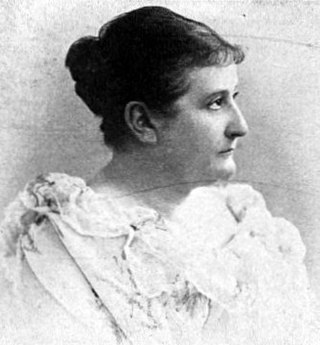
Dora Livia Felicia Maria Duncker was a German writer of novels, short stories, essays, poems and stage works. She was also active as a theatre critic.

Adele Kern real name Adele Kern-Klein was a German operatic and operetta coloratura soprano. She was known for her technical perfection and joy of playing. From 1927 to 1935, she sang at the Salzburg Festival as well as at the state operas of Vienna, Berlin and Munich.
Dora von Stockert-Meynert, born Theodora Meynert, was an Austrian writer, poet and playwright.

Marie Müller was an Austrian portrait painter.
Princess Julie Furstin von Waldburg-Wurzach was an Austrian composer who published over 60 works for voice and/or piano. She was born in Vienna to Count Frans and Frantiska Dubsky von Trebomyslicz. In 1858, she married Prince Eberhard Waldburg-Wurzach, becoming his second wife. They had two daughters, Marie and Elizabeth Sophie.


